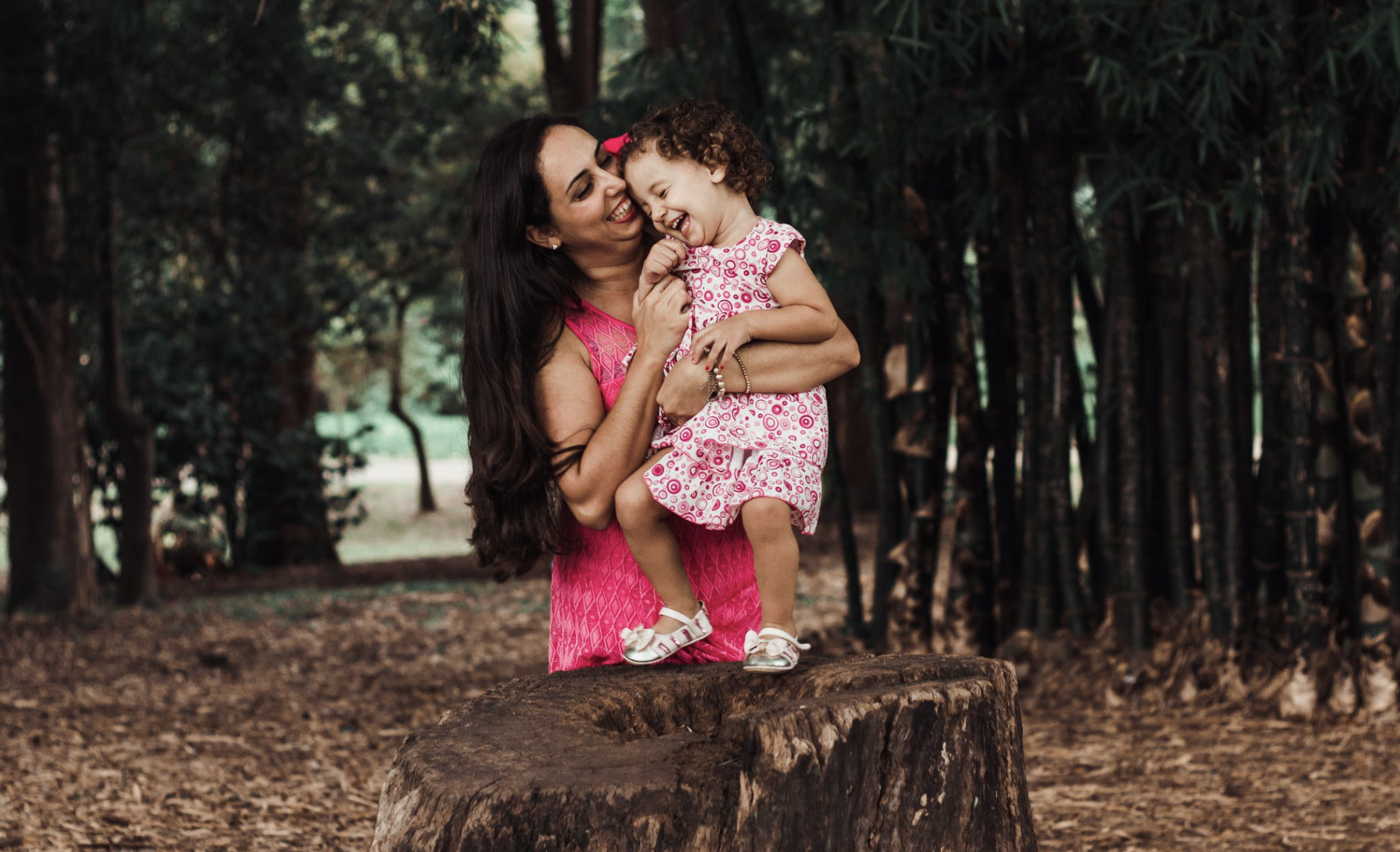The Autism Journey: Accepting vs. Resisting A Diagnosis
BY: NICOLE ZAHIRY, M.A., BCBA
BEHAVIOR ANALYST SPECIALIST, AUTISM SPECTRUM THERAPIES
According to Autism Speaks, in 2021, 1 in 44 children in the United States were diagnosed with autism spectrum disorder (ASD), with boys being four times more likely to receive a diagnosis than girls. A diagnosis, of any kind, means something different from family to family and is often colored by their culture, belief system, generational influences, and socio-economic factors.
For some, a diagnosis provides validation—there is a name for the group of symptoms parents, friends or family members may have observe (or comment on)—things like: a language delay, “quirks” in social skills, atypical behaviors, or excessive tantrums. The diagnosis can be affirming; for moms, in particular, there may be a sense that their “gut” was right. It may be a sigh of relief that their intuition has been validated in the form of a recognizable diagnosis — something more than just an instinct felt deeply in some intangible way. For others, a diagnosis can be a devastating surprise — one that catches unsuspecting parents off-guard and leaves them feeling overwhelmed and underprepared.
Whether a parent has suspected something all along or is taken aback by a diagnosis, all families grapple with making sense of what it all means. The hard part, for many families, is being patient, hopeful, and resolute when the questions far outnumber the answers.
After a Diagnosis
Arguably, one of the hardest parts of the journey for parents of children with ASD, is the beginning. The unknowns are pervasive. The information “out there” is wild. Google is daunting (and often alarmist), and questions lead to more questions even before the diagnosis has been fully digested. Parents may begin asking themselves and others: What is ASD? What does it mean? Will my child learn to communicate? Will his/her behavior ever improve? What now? What do I do? What treatments are available? Why is this happening?
One truth about ASD is that autism is different for each autistic individual. As autistic professor and advocate Dr. Stephen Shore says, “If you’ve seen one person with autism, you’ve seen one person with autism.” And, it’s true. Autism looks, sounds, feels, and behaves differently for each autistic child.
A neighbor, friend, or family member’s autistic child, his/her skills and strengths, areas of need, where and how much he/she is impacted by the diagnosis, will all vary. Every child is unique. Every autistic child is too. Comparing one autistic child against the skills of another can be, at best, misguided and, at worst, detrimental. The best (albeit, the only) way to answer some of those nagging questions is to submit to the journey of autism and start down its road one step at a time, minute to minute, hour by hour, day by day.
The Journey of Autism: Resistance and Grief
There’s no doubt that undertaking something new can feel overwhelming. After all, autism is a journey most parents are ill-prepared to begin and may resist undertaking altogether. Beginning a journey with few answers, little information, and no preparation makes even the boldest and bravest among us uncertain. But, as the old adage goes, “A journey well begun, is half done.” For parents, beginning the autism journey on the right foot often means acknowledging resistance, grief, and other feelings about the diagnosis before heading down the road.
Resistance, in the beginning, often shows-up in unhelpful ways and can breed doubt or distrust and delay access to important early interventions. It often comes from a place of grief, guilt, or anger: Could the doctor be wrong? Did I cause this? Maybe my child will “outgrow” it? Maybe my child is just “slow”? It can be difficult to side-step resistance and forge ahead when many questions remain unanswered. But, the autism journey is not linear—emotions, feelings, and reactions will not be either.
Later on, resistance can become an important component of advocacy. Resistance may prompt parents to speak-up/stand-up, and communicate to care providers if/when assessment, placement, or goals do not align with their (or their child’s) objectives for treatment. Resistance gives parents a new voice; it can lead to useful insights, self-reflection, and those wonderful “lightbulb” moments that have the power to remove roadblocks and push treatment forward.
Processing grief is sometimes an uncomfortable but important additional step for parents new to the journey. All the unknowns can be heavy; grieving the weight of those worries is important. It is OK to be sad. It is OK to feel loss. It is OK to shoulder that grief with a partner, a trusted friend, a therapist, or a family member. It is also OK if parents don’t feel these things, either.
But for those that do, it is critical to recognize that grief or sadness will eventually make way for other emotions and lend themselves to a steadfast resiliency that treatment, therapy, and advocacy often require.
It’s important to acknowledge that grief can (and often does) exist alongside hope, love, and other complicated feelings—sometimes competing for attention. Accepting a diagnosis is not the absence of grief, but rather, an acceptance of it. It is an acknowledgement that things will look different because of autism but also an understanding that different is not less. Different is important and valuable. Differences are necessary. Differences are an inherent component to being alive, to living, to being human.
The Road to Acceptance and Action
Accepting autism means taking those reluctant first steps.
Those steps can be taken with uncertainty, with fear, with resistance or grief, with hope, with love, with the whole gamut of emotions along for the ride. Acceptance involves understanding autism as more than a label but a gateway to support and community; an opportunity to educate siblings, family, and community members about autism, inclusion, and neurodiversity.
It can be a call to action — personally, within the walls of a home, and beyond. Several important organizations at the forefront of autism and autism research were started by parents. Parents looking for support, digging for answers, researching effective treatment for their children. Parents who didn’t expect autism. Parents who may have grieved the diagnosis. Parents who fought hard for their child, for change, for growth, for acceptance and advancement.
A diagnosis also allows parents to access effective therapies via private insurance and academic supports from their local school district. Therapy that opens doors, strengthens skills, and decreases the impact maladaptive behaviors like aggression or tantrums may have on an autistic child’s quality of life.
Acceptance fuels action. Action brings answers.
Autistic children will have different needs than neurotypical children. There will be different obstacles to overcome and different battles to be fought. But, in many ways, the journey will be the same. Life will ebb and flow and push and pull parents in a thousand different ways—some of which will not be easy to understand. Questions will always come before there are answers. And, there will always be questions that don’t have answers. There will be ups and downs. There will be periods of high highs and low lows.
But, there will be joy. There will be laughter. There will be love.
Nicole Zahiry, M.A., BCBA, is a behavior analyst specialist in Orange County, California. She has been active in the field of ABA for nearly 20 years. She is also a mother to three children, one of whom was dual diagnosed with ASD and Attention Deficit Hyperactivity Disorder (ADHD) at 5 years old. Nicole is a fierce advocate for neurodivergent inclusion and considers herself an ally of the disabled community.



